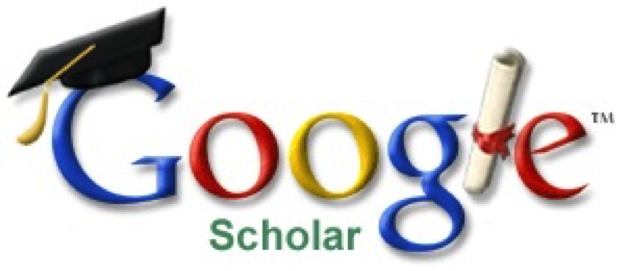SARCASM IN SOCIAL AND COMMERCIAL ADVERTISING: A PRAGMALINGUISTIC PERSPECTIVE
DOI:
https://doi.org/10.46991/AFA/2022.18.2.072Keywords:
sarcasm, pragmalinguistic function, social and commercial advertising, linguistic and extra-linguistic components, campaigns, creative languageAbstract
Modern social and commercial advertising systems devote a huge significance to the choice of the language used in various campaigns with the purpose to achieve maximum effectiveness of impact on the target audience. The current paper aims to uncover the pragmalinguistic peculiarities of language usage in attaining the above-mentioned goal through sarcasm. Linguistic and extra-linguistic levels of analysis serve as key components for detecting the sarcastic nature of the language used in social and commercial advertisements as well as their impact on conveying the non-literal meaning of the text. In the discussed samples of advertising discourse, sarcasm is demonstrated as a creative and effective form of communication in terms of delivering the intended message of the campaign. This notion greatly contradicts the traditional view toward the usage of ironic language, particularly sarcasm, since it is believed to provoke bitter and caustic effects.
Downloads
References
Ghosh, D., Fabbri, A.R., & Muresan, S. (2018). Sarcasm analysis using conversation context. Computational Linguistics, 44(4), 755–792. https://doi.org/10.1162/coli_a_00336
Gottman, J.M., Silver, N., (1999). The seven principles for making marriage work. New York: Three Rivers Press.
Huang, L., Gino, F., & Galinsky, A.D. (2015). The highest form of intelligence: Sarcasm increases creativity for both expressers and recipients. Organizational Behavior and Human Decision Processes, 131, 162–177. https://doi.org/10.1016/j.obhdp.2015.07.001
Kovaz, D., Kreuz, R., & Riordan, M. (2013). Distinguishing sarcasm from literal language: evidence from books and blogging. Discourse Processes, 50. https:// https://doi.org/10.1080/0163853X.2013.849525
Lagerwerf, L. (2007). Irony and sarcasm in advertisements: Effects of relevant inappropriateness. Journal of Pragmatics, 39(10), 1702-1721. https://doi.org/10.1016/j.pragma.2007.05.002
McDonald, S. (1999) Exploring the process of inference generation in sarcasm: a review of normal and clinical studies. Brain and Language, 68, 486–506. http://dx.doi.org/10.1006/brln.1999.2124
Miron-Spektor E., Efrat-Treister D., Rafaeli A., & Schwarz-Cohen O. (2011) Others' anger makes people work harder not smarter: The effect of observing anger and sarcasm on creative and analytic thinking. Journal of Applied Psychology, 96(5), 1065-1075. https://doi.org/10.1037/a0023593
Peters, S. A. (2013). The relevance of sarcasm in resolving ambiguous references in spoken discourse. (Doctoral dissertation, University of South Carolina - Columbia). Retrieved June 26, 2022.
Thompson, D., & Filik, R. (2016). Sarcasm in written communication: emoticons are efficient markers of intention. Journal of Computer-Mediated Communication, 21. https://doi.org/10.1111/jcc4.12156
Sources of Data
Campaigns of the world. (2019, April 22). Most powerful Social Issue ads. Retrieved August 24, 2022.
Cerejeira, T. (Mar 15, 2018). How to exploit irony in the advertisement world. Retrieved August 24, 2022.
ConseilsMarketing. (2017, July). Les publicités les plus créatives sur la Canicule. Retrieved June 27, 2022.
DeviantArt. (2012, June 17). No tobacco poster 2012. Retrieved June 27, 2022.
NOVA Marketing Insights. (2018, March 15). How to exploit irony in the advertisement world. Retrieved June 27, 2022.
Ogilvy Costa Rica. (2018, March 1). How to exceed the speed limit? [Video file] Retrieved August 12, 2022.
The Creative Copywriter. (2013, December). 12 Juicy copywriting samples to feast your creative brain on! Retrieved June 26, 2022.
Downloads
Published
How to Cite
Issue
Section
License
Copyright (c) 2022 Author(s)

This work is licensed under a Creative Commons Attribution-NonCommercial 4.0 International License.













